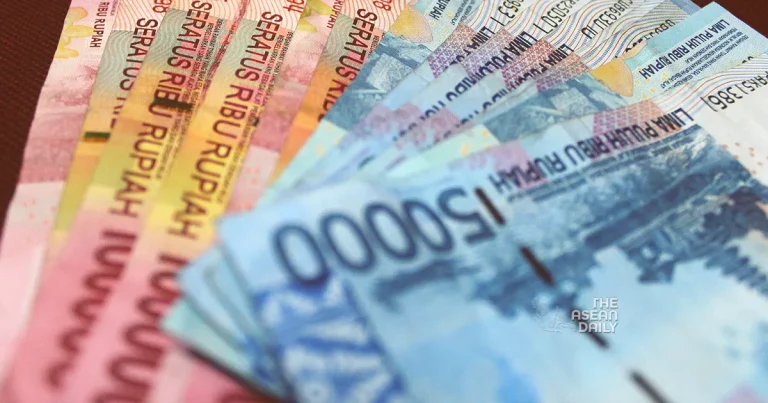22-4-2024 (JAKARTA) Avinash Rao, a 38-year-old Indian national working as a tax advisor in Jakarta, is adopting a more cautious approach to his finances amid recent developments in Indonesia’s economic landscape.
Rao, who receives his salary in rupiah and regularly sends money back to his family in India, finds himself allocating more of his earnings to maintain the same remittance value in Indian rupees due to the depreciation of Indonesia’s currency in recent months.
“A few months back, I used to exchange 181 Indonesian rupiah for 1 Indian rupee,” Rao explained. “Now, with the rupiah’s decline against major currencies, it takes 195 rupiah to acquire 1 Indian rupee.”
Conversely, those earning in US dollars are witnessing a favourable situation. Letchumi, a Malaysian expatriate employed in the pulp and paper sector, expressed her satisfaction, stating, “I benefit from the stronger USD.”
In Indonesia, reactions to the rupiah’s recent four-year low against the US dollar have been mixed, with some celebrating and others feeling the pinch. Last week, the currency weakened to 16,200 per US dollar, prompting intervention from Indonesia’s central bank to stabilise it at 16,257 against the dollar by Friday, according to Bank Indonesia.
The rupiah’s depreciation mirrors a broader trend across Asian currencies, with concerns raised by finance ministers in Japan and South Korea regarding the yen and won’s declines against the dollar.
Economist Andry Satrio Nugroho from the Institute for Development of Economics and Finance (INDEF) highlighted various factors contributing to the rupiah’s weakening, including high inflation in the US prompting the Federal Reserve to maintain elevated interest rates, along with geopolitical tensions in the Middle East leading to capital outflows from developing economies.
Moreover, concerns regarding Indonesia’s upcoming change in government may have further exacerbated the currency’s depreciation, according to Mohammad Faisal, executive director of the Centre of Reform on Economics (CORE) Indonesia.
While the immediate impact on domestic prices remains minimal, analysts caution that sustained depreciation could lead to broader economic challenges, including inflationary pressures and reduced purchasing power.
Indonesia’s Industry Minister Agus Gumiwang Kartasasmita highlighted the potential ramifications for industries reliant on imported raw materials, such as automotive, electronics, and pharmaceuticals, foreseeing price hikes and diminished competitiveness.
As businesses adapt to the currency fluctuations, stability remains a paramount concern. Kafi Kurnia, a marketing consultant, emphasised the importance of a predictable exchange rate for business planning, echoing sentiments shared by other industry representatives.
Looking ahead, economists anticipate continued volatility in the rupiah-dollar exchange rate, underscoring the need for proactive economic management to mitigate adverse impacts and sustain growth. Amidst uncertainties, migrant workers and travellers alike navigate the evolving financial landscape, with strategies ranging from advance currency purchases to cautious optimism regarding Indonesia’s economic resilience.




